
Quick Pasto Travel Guide (+ Map)
TL;DR
Our Pasto Travel Guide has everything you need to decide if Colombia’s southern city is worth a stop – or just a pitstop on the way to something better.
We’ll be honest – Pasto isn’t going to blow your mind, especially if you're squeezing it into a packed Colombia itinerary. But if you’re already heading to or from Ecuador, it makes for a chill stopover with some unique things to check out: colonial churches, solid museums, street art, and one of the most famous carnivals in the country.
That said if you're wondering “Pasto or Ipiales?”, our vote goes to Ipiales – mainly thanks to the jaw-dropping Las Lajas Sanctuary, which is one of the most stunning churches we've ever seen (and we’ve seen a few).
Still, Pasto does have its charm: it’s walkable, has a cool vibe in the historic centre, and gives you a nice peek into everyday life in southern Colombia. Plus, where else can you try cuy (guinea pig) with a view of a volcano?
Pasto Travel Guide
Pasto Colombia Map
Is Pasto Worth Visiting?
Honestly, we think not really. If you’re on your way from or to Ecuador anyway, it’s still a pleasant place for a stopover with interesting things to do though.
Pasto or Ipiales – Which Is the Better Stopover Destination for the Colombia-Ecuador Border Crossing?
Opinions are like assholes: everybody has one. The closer we got to the border crossing, the more people we met with a strong opinion on whether to visit Ipiales or Pasto as the last stop. We couldn’t resist adding our opinion to the mix.
The majority of people we met gave us the advice to stay in Pasto and skip Ipiales. Personally, we strongly disagree. While Pasto was a nice city, it didn’t strike us as especially noteworthy. The opposite can be said about Ipiales and especially the Las Lajas Sanctuary which is one of the most striking churches we have ever seen.
So if your question is Pasto vs Ipiales which one should you visit if you only have time to visit one, our vote goes to Ipiales.
Here’s our full Ipiales travel guide:
How to Get to Pasto
Pasto is located on the bus route Cali - Ipiales. For some reason, you can’t really find a lot of information or schedules online.
Buses leave regularly throughout the day, so you can simply arrive at the station and trust that you will be put on the right bus. When we arrived, people were shouting the names of the next destinations, we were brought to the ticket counter, bought our tickets, were led to the bus, and the bus left almost instantly.
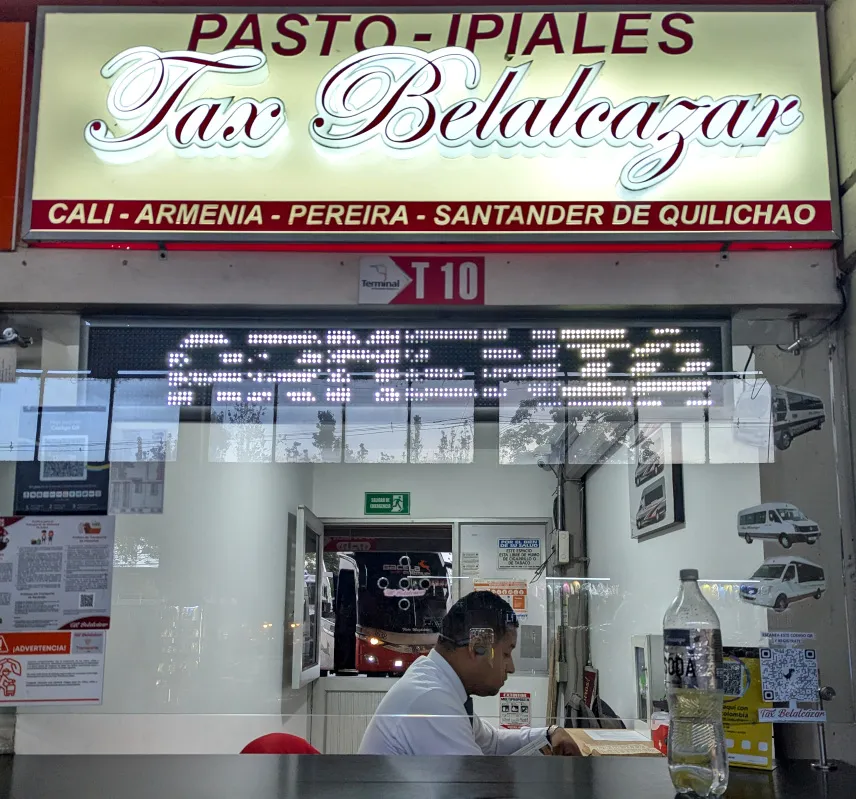
How to Get Around Pasto
The historical centre is very walkable.
For longer distances (e.g. to the bus terminal) Uber is available.
If you’re planning a trip to El Encanto/Laguna de la Cocha you can take a colectivo.

Where We Stayed in Pasto
We stayed at Hotel Juanambu which we can fully recommend. The location is perfect between the bus terminal and the centre, the staff is lovely, and the are rooms comfy. We got a free coffee in the morning which is a safe way into our hearts.

9 Things to Do in Pasto
1. Plaza de Nariño
Plaza de Nariño is the main square of Pasto. It is named after the iconic monument to Antonio Nariño that stands at its heart. The city’s main streets and important buildings spread out from there, making it the heart of downtown.
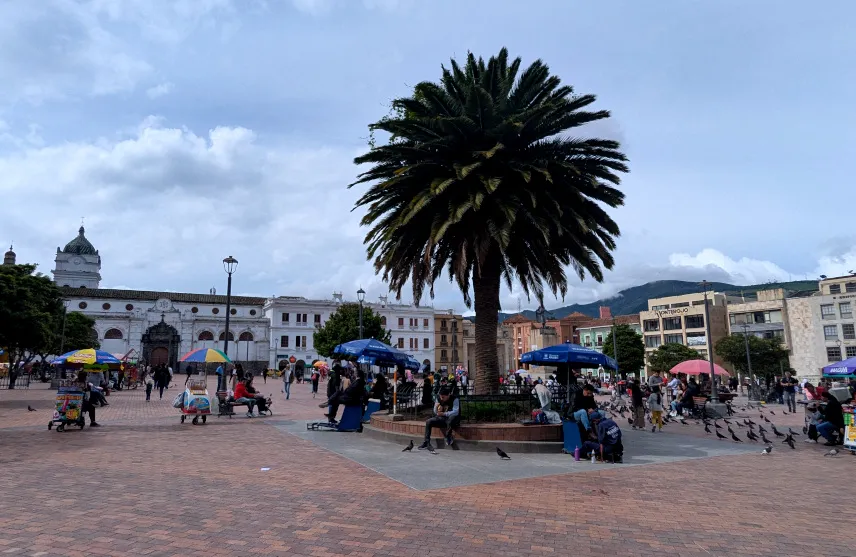
2. Churches
Pasto is renowned for the sheer number of its churches, so much so that it is also called the “Theological City of Colombia”. These are our favourites:
- Pasto Cathedral
- Temple of Cristo Rey
- Temple of Saint John the Baptist
- Temple of San Andres Apostol
- Iglesia La Merced
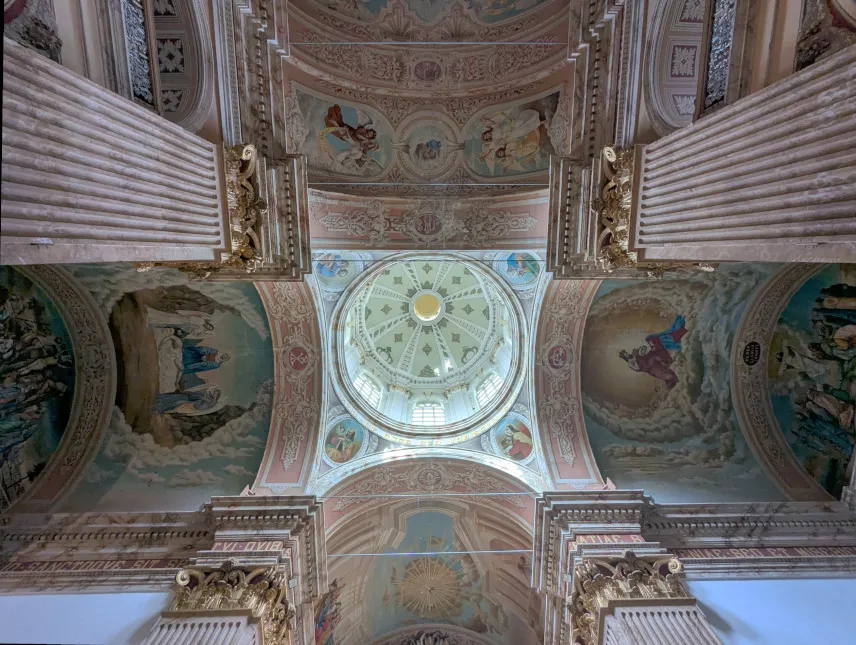
3. Museums
For a rather untouristy city, Pasto offers a nice variety of free museums:
- Museo del Carnaval where you can learn about The Carnival of Blacks and Whites.
- Gold Museum where you can not only learn about gold but also pre-Hispanic cultures.
- Taminango Museum which exhibits regional crafts and associated technical equipment. The building is considered the oldest surviving two-story house in Colombia.

4. Street Art
Walking around in Pasto, you will encounter several murals and other pieces of street art almost like the capital of the department Nariño has become a collective open-air art gallery. The most striking murals are those linked to the Estallido Social, a protest movement against the government that Colombia experienced in 2019.
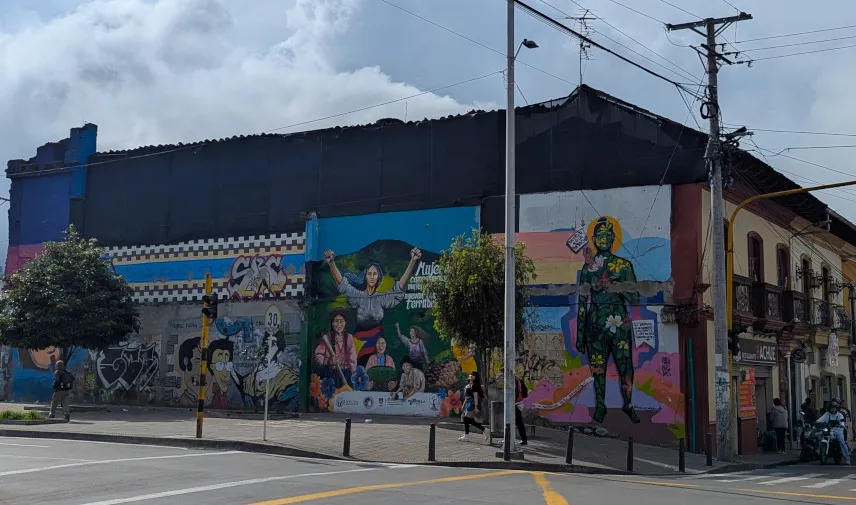
5. Centro Comercial Sebastián de Belalcázar
The Sebastián de Belalcázar Complex is the first shopping centre in Pasto.
If you make your way to the roof, you can enjoy views across the city all the way to the Galeras Volcano.
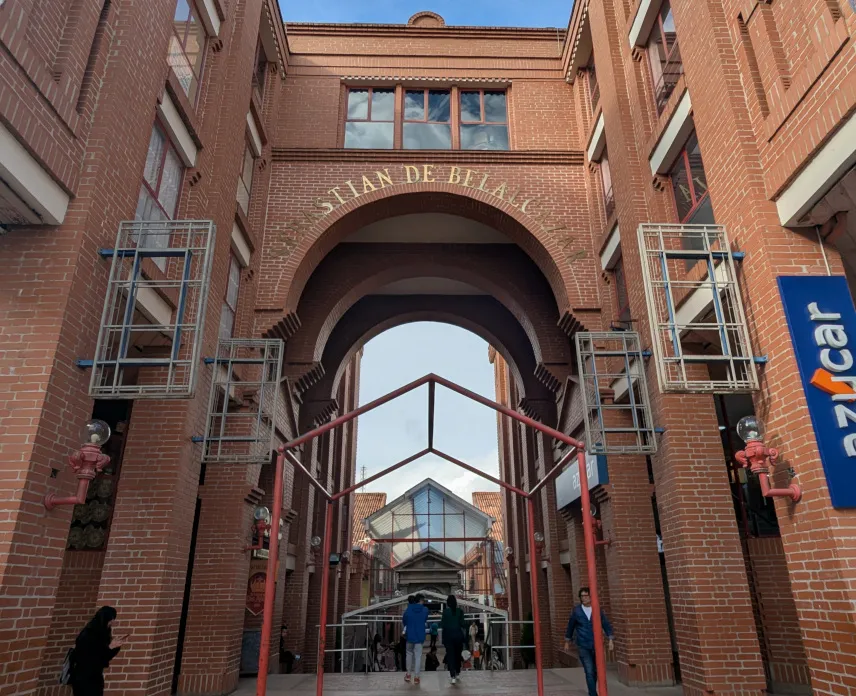
6. Pedestrian Zones
Like many Colombian cities, Pasto faces challenges like limited pedestrian and bike infrastructure, a lack of public space, few trees, and heavy vehicle congestion. To address this, the city launched a plan in 2015: Main streets allow cars while secondary streets will prioritise pedestrians, bikes, and green spaces.
Therefore, Pasto felt a lot more walkable than many other Colombian cities that we visited. For example, the pedestrian Calle 19 leads from the main square to the Plaza de Carnival. Along the Calle 19, you will encounter many interesting buildings like the Government of Nariño.
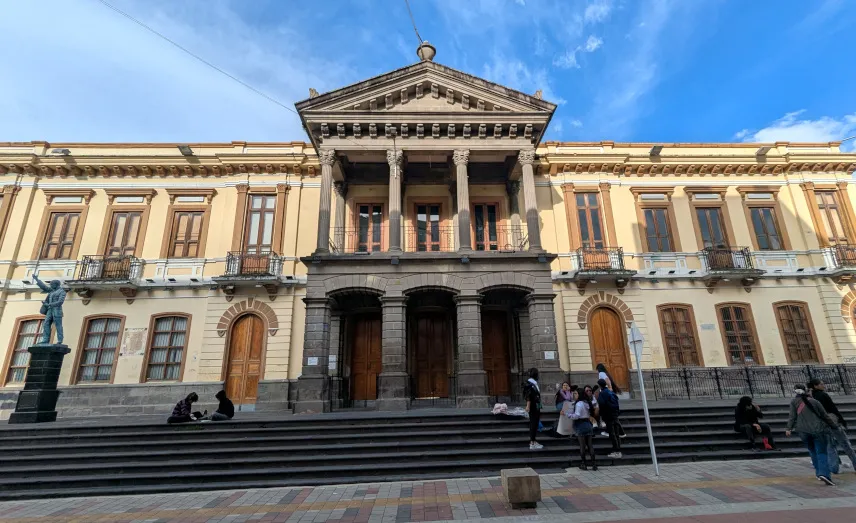
7. Carnaval de Negros y Blancos
The Carnival of Blacks and Whites (Spanish: Carnaval de Negros y Blancos) is a lively public festival and parade held every year from January 2nd to 7th in Pasto. The carnival draws large crowds, including both local and international visitors. It dates back to 1546 and in 2009, UNESCO recognised it as one of the Masterpieces of the Oral and Intangible Heritage of Humanity.
In case you’re like us and not in Pasto at the beginning of January, you can still visit the Carnival Square and the Carnival Museum.
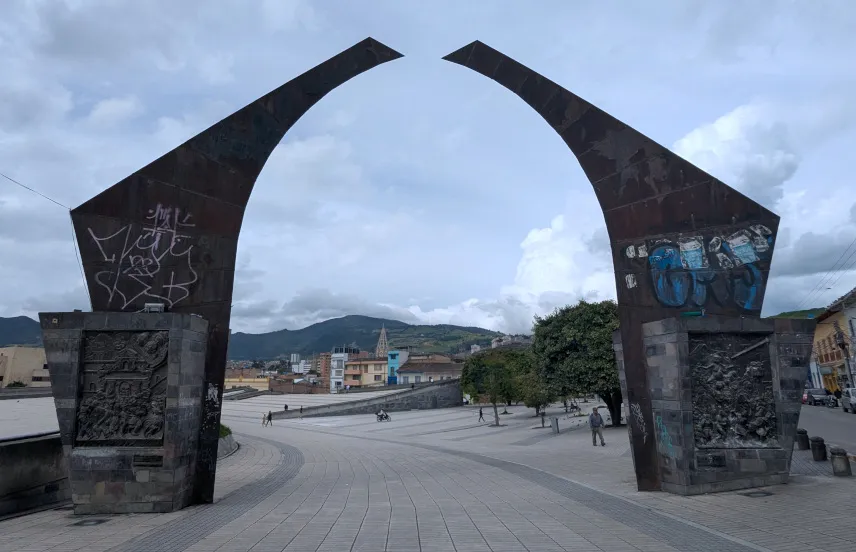
8. Cuy
All regions of Colombia are characterised by their typical dish, such as the Bandeja Paisa, Ajiaco de Bogota, and others. In Nariño, that dish is cuy or guinea pig. It is an Inca heritage preserved since ancient times, first raised in peasant kitchens and later developed into a speciality.
Supposedly, the best restaurant to try cuy in Pasto is Restaurante La Cuyera.
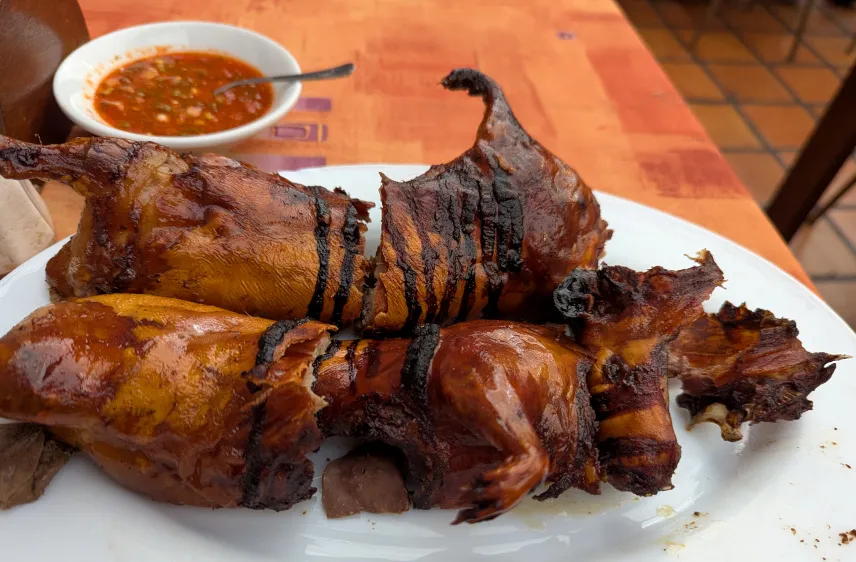
9. Laguna La Cocha
Laguna La Cocha is around 45 by colectivo from Pasto. Puerto El Encano, the town on the lake, is also dubbed the “Switzerland of Colombia”. From here, you can embark on boat trips on the lake. The highlight might be La Corota Island housing Colombia’s smallest protected natural area.
As we only spent one night in Pasto we didn’t get around going here.
How Many Days in Pasto Do You Need
If you’re not a super slow traveller one or two nights (if you want to visit Laguna La Cocha) in Pasto should be more than enough.
Pasto Tips
ATMs in Pasto
There’s no shortage of ATMs in Pasto.
Supermarkets in Pasto
There’s a big Exito one block from the main square.
Internet in Pasto
Both our hotel WiFi and our local SIM card worked great.
Is Pasto Safe
Pasto seems to be about as safe as other Colombian cities. We still avoided going out at night.
This post contains affiliate links. If you use these links to buy something we may earn a commission. You would help us a lot if you do so. Thanks.


